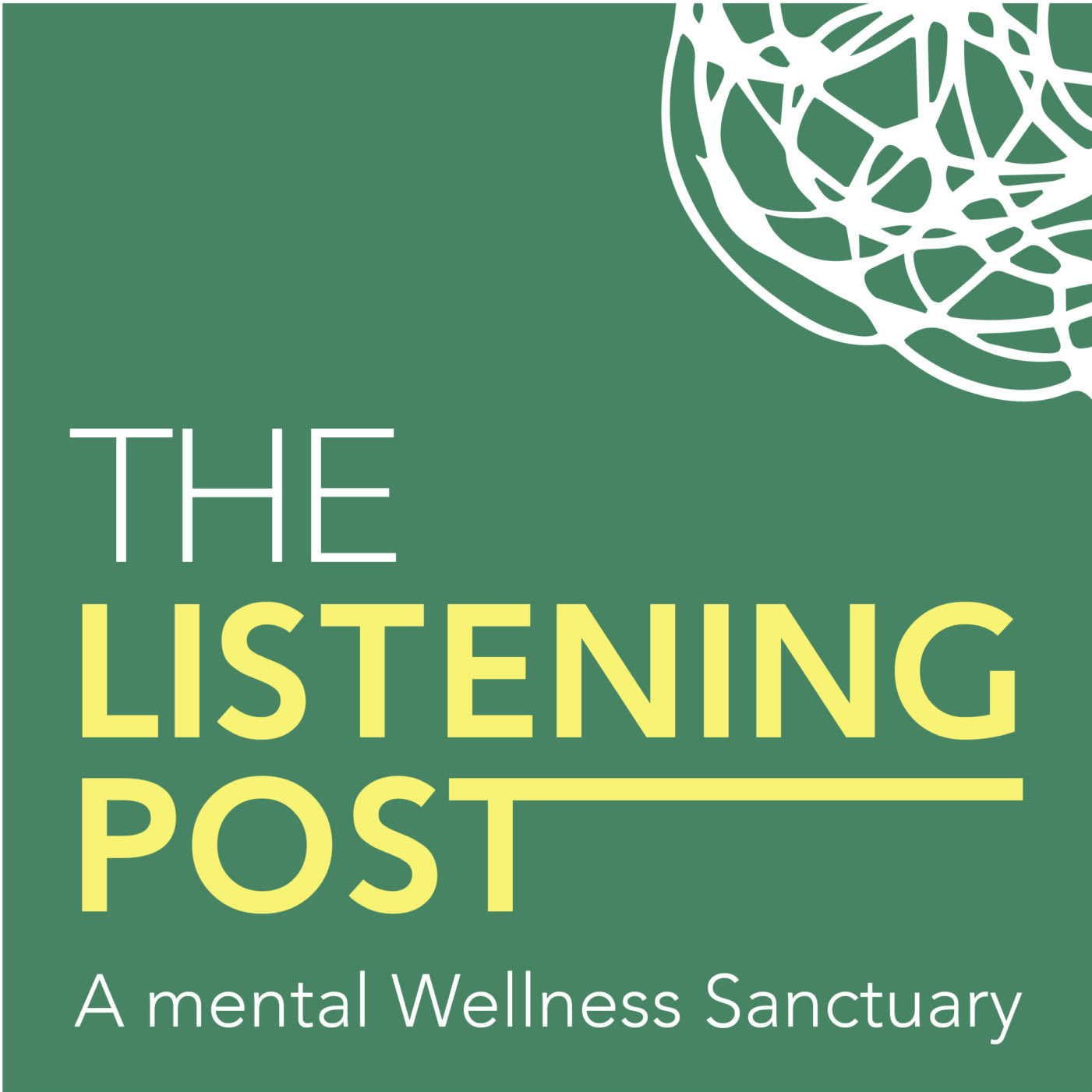
Understanding the Echoes – Recognizing and Healing from Domestic Violence

October is Domestic Violence Awareness Month, a crucial time to shed light on a pervasive issue that impacts countless lives. At The Listening Post Therapy, we believe in fostering safe spaces for healing and understanding. Domestic violence is often misunderstood as solely physical harm, but its true scope is far broader, encompassing a range of insidious behaviors designed to control and diminish. Recognizing these different forms is the first step toward reclaiming power and beginning the journey to healing.
The Many Faces of Control: Understanding Types of Domestic Abuse
Domestic violence is a pattern of behaviors used by one partner to maintain power and control over another in an intimate relationship. It's vital to understand that it's rarely a single incident, but rather a cycle of abuse that can escalate over time.
- Physical Abuse: This is what most people typically imagine. It includes any intentional act causing bodily harm or injury, such as hitting, kicking, slapping, choking, pushing, burning, or using weapons. It also includes denying medical care or forcing drug/alcohol use.
- Emotional/Psychological Abuse: Often invisible but deeply damaging, this form of abuse erodes a person's self-worth and mental well-being. It includes:
Verbal abuse: Insults, name-calling, constant criticism, yelling, threats.
Gaslighting: Manipulating someone into questioning their own sanity, memory, or perceptions ("That never happened," "You're imagining things").
Intimidation: Using looks, gestures, or actions to instill fear.
Isolation: Controlling who the person sees, talks to, or where they go.
Minimizing/Denying/Blaming: Refusing to take responsibility for abusive behavior, or blaming the victim for the abuse. - Sexual Abuse: Any sexual act without consent. This includes unwanted touching, forced sexual acts, coercion into sexual acts, or exploiting someone sexually. Even within a marriage or relationship, consent is always necessary.
- Financial Abuse: This form of control limits a person's access to money or financial resources, making them dependent on the abuser. It can involve:
Withholding money, controlling all finances.
Forbidding employment or sabotaging job opportunities.
Running up debt in the victim's name.
Stealing money or preventing access to bank accounts.
Forcing the victim to account for every penny spent. - Digital/Technological Abuse: With the rise of technology, new forms of abuse have emerged:
Stalking: Using GPS trackers, spyware on phones, or constant monitoring of social media.
Harassment: Sending unwanted, harassing texts, emails, or messages.
"Revenge Porn": Sharing intimate photos or videos without consent.
Control: Demanding access to passwords, accounts, or dictating online behavior.
Pathways to Healing: Healthy Tips for Survivors
If you are a survivor of domestic violence, remember that healing is a process, not a destination. It takes immense courage, and you are not alone.
- Prioritize Your Safety: If you are still in an abusive situation, your immediate safety is paramount. Create a safety plan (where to go, who to call, emergency funds, important documents).
- Acknowledge and Validate Your Experience: What you endured was real, and it was not your fault. Allow yourself to feel anger, sadness, confusion, and grief.
- Seek Professional Support: Therapy, especially trauma-informed therapy, can provide a safe space to process your experiences, develop coping mechanisms, and rebuild your self-esteem. Group therapy can also offer invaluable connection with others who understand.
- Rebuild Your Support System: Reconnect with trusted friends, family, or community members who offer unconditional support and believe you.
- Establish Boundaries: As you heal, learn to set firm boundaries in all your relationships to protect your emotional and physical well-being.
- Practice Self-Care: Engage in activities that nourish your mind, body, and spirit. This could be mindfulness, exercise, creative pursuits, or spending time in nature.
- Empower Yourself Financially (If applicable): If financial abuse was a factor, seek guidance on rebuilding credit, opening your own bank accounts, and gaining financial independence.
- Be Patient with Yourself: Healing isn't linear. There will be good days and challenging days. Offer yourself grace and compassion.
Resources for Survivors in Texas
It can be incredibly challenging to reach out for help, but there are dedicated individuals and organizations ready to support you.
- National Domestic Violence Hotline:
1-800-799-SAFE (7233)
TTY: 1-800-787-3224
Website: TheHotline.org (Chat available)
This national hotline can connect you to local Texas resources. - Texas Council on Family Violence (TCFV):
Website: https://tcfv.org/
TCFV is a statewide coalition that provides resources, training, and legislative advocacy. Their website has a comprehensive list of local Texas programs and shelters. - Texas Abuse Hotline (for suspected child abuse or neglect, or abuse/neglect of elderly/disabled persons):
1-800-252-5400
Website: https://www.dfps.state.tx.us/Contact_Us/report_abuse.asp - Legal Aid of Northwest Texas (and similar organizations in other regions):
Website: https://internet.lanwt.org/
Provides free civil legal services to low-income Texans, which can be critical for protective orders, divorce, child custody, etc. Search for Legal Aid services specific to your region in Texas. - Your Local Shelter/Crisis Center:
Most cities and counties in Texas have local domestic violence shelters and crisis centers that offer safe housing, counseling, legal advocacy, and support groups. You can find these by searching online for "Domestic Violence Shelter [Your City/County, Texas]" or by calling the National Domestic Violence Hotline.
You are strong, resilient, and worthy of a life free from abuse. If you or someone you know needs support, please reach out. The Listening Post Therapy is here to help guide you through your healing journey.
Take the First Step Toward Healing
Please complete the form below to schedule your appointment.
I’ll do my best to accommodate your request and will reach out to you as soon as possible.
Let's begin your journey toward well-being today.
Contact Us
Office location
3730 Kirby Dr Suite 1120, Houston, Texas, 77098Send us an email
[email protected]